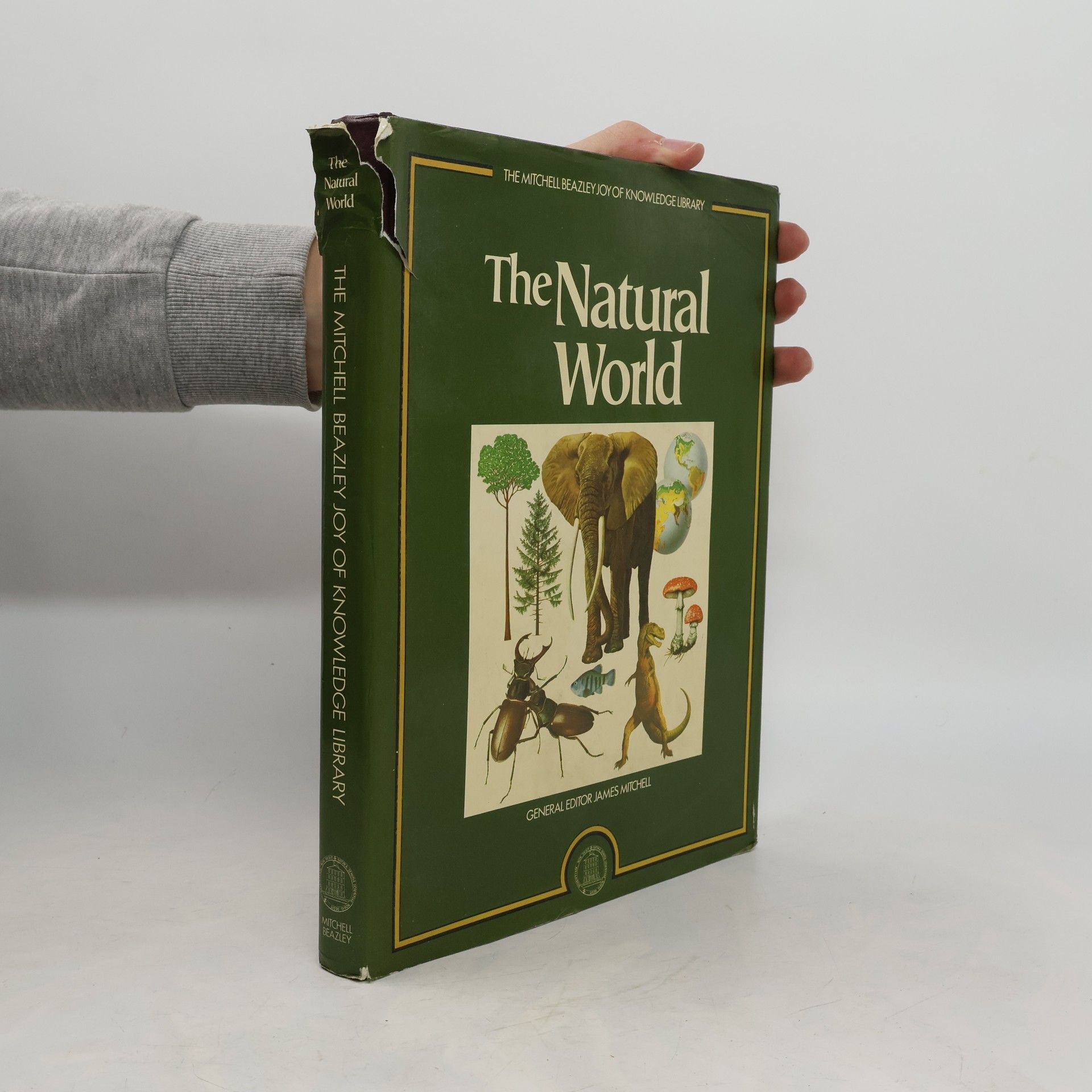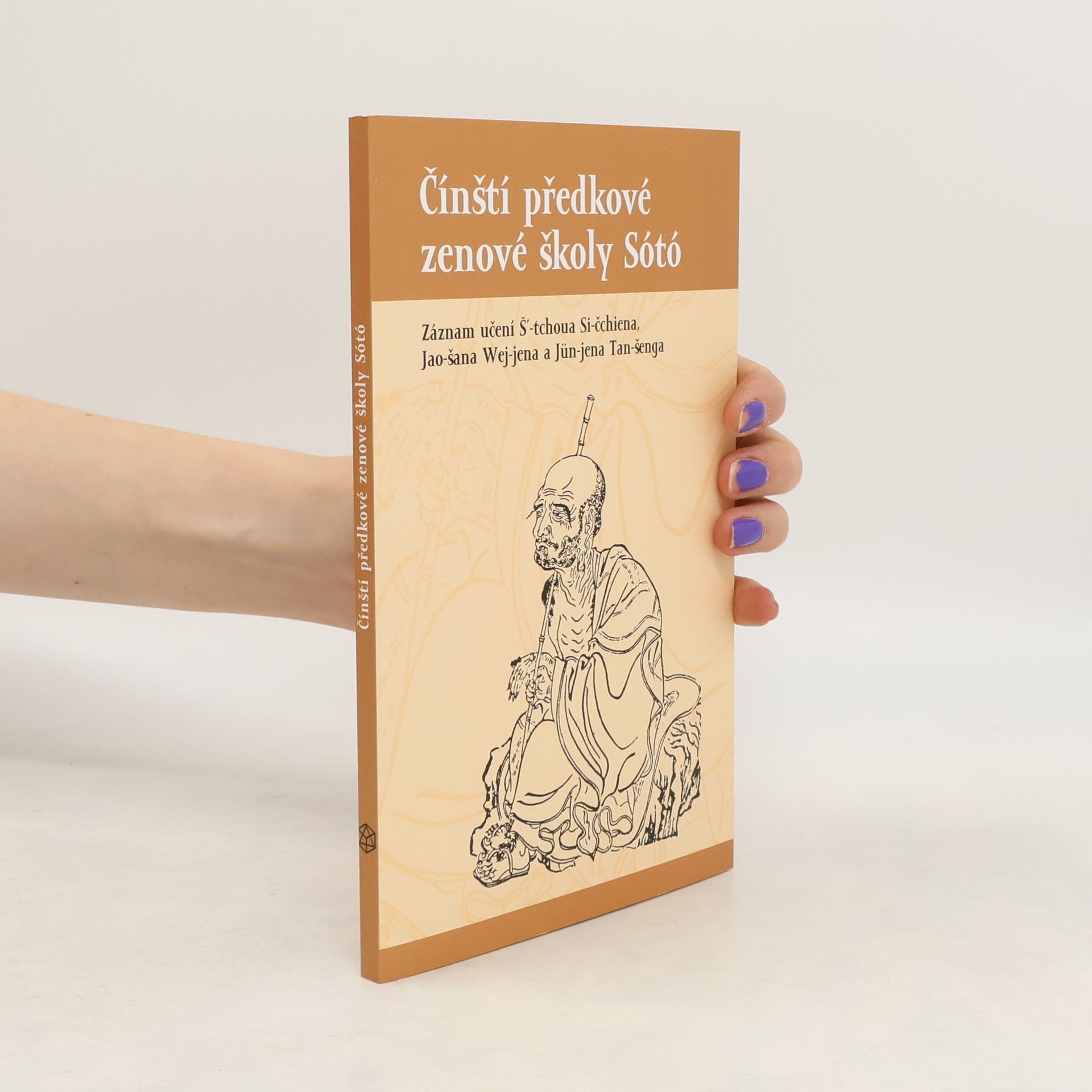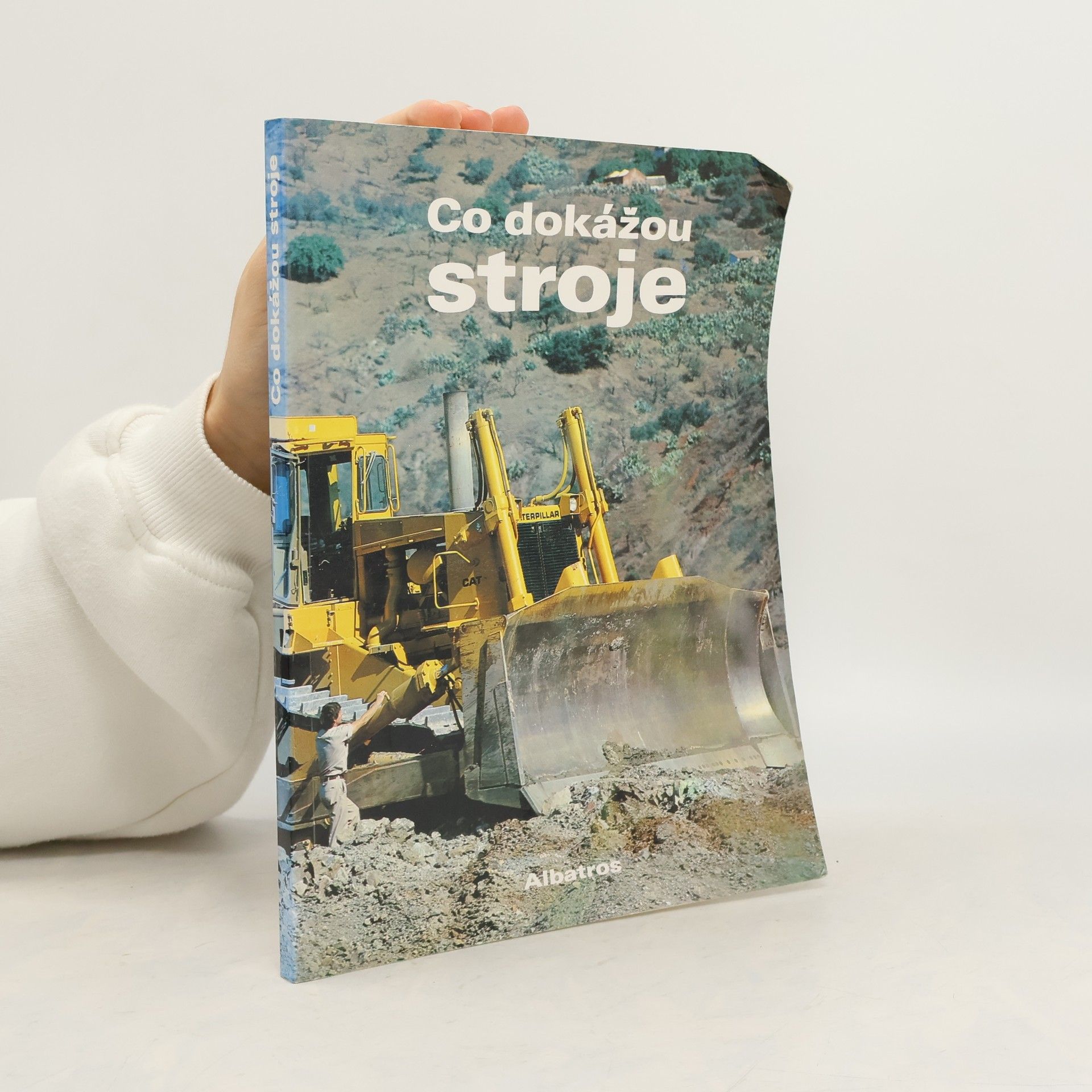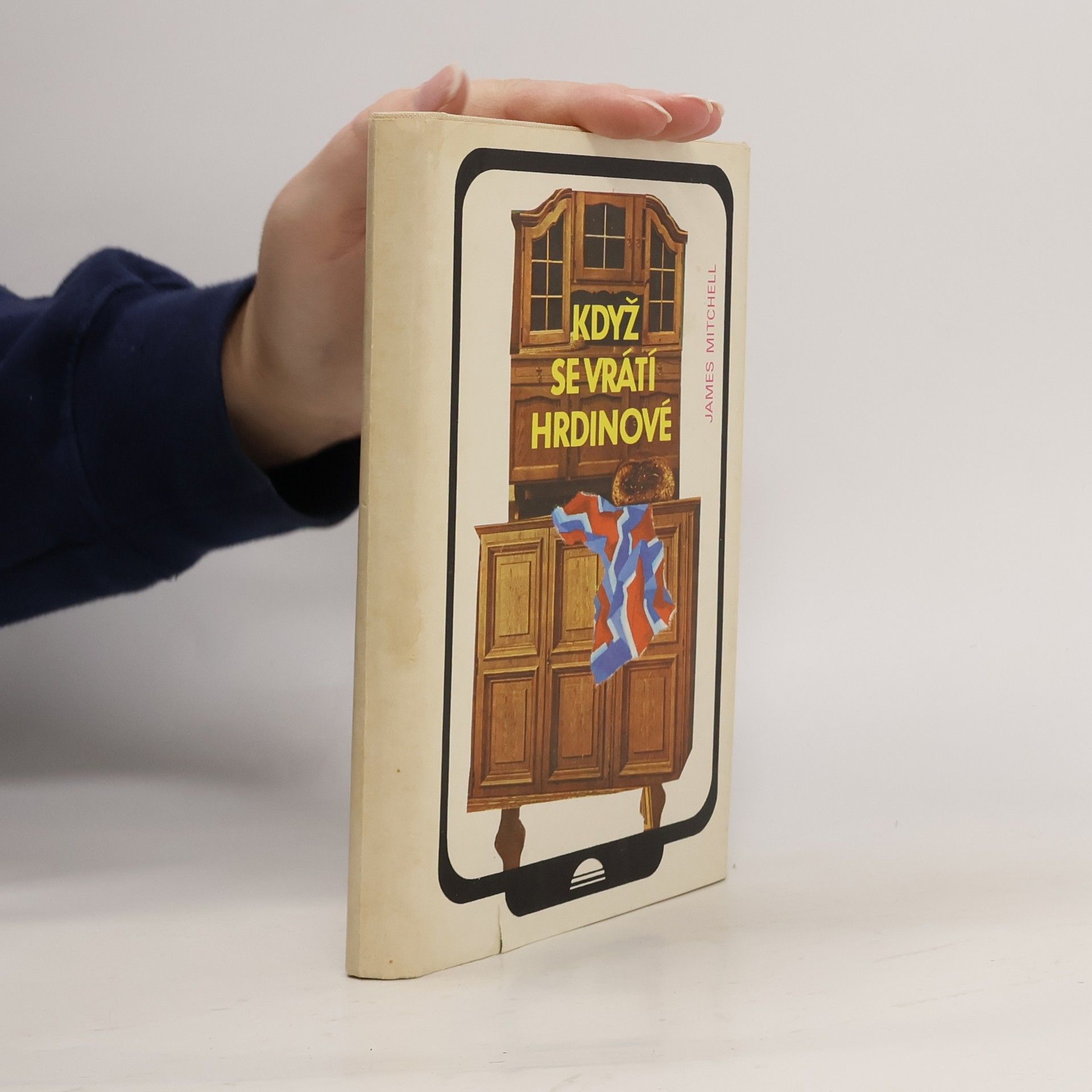James Mitchell Bücher
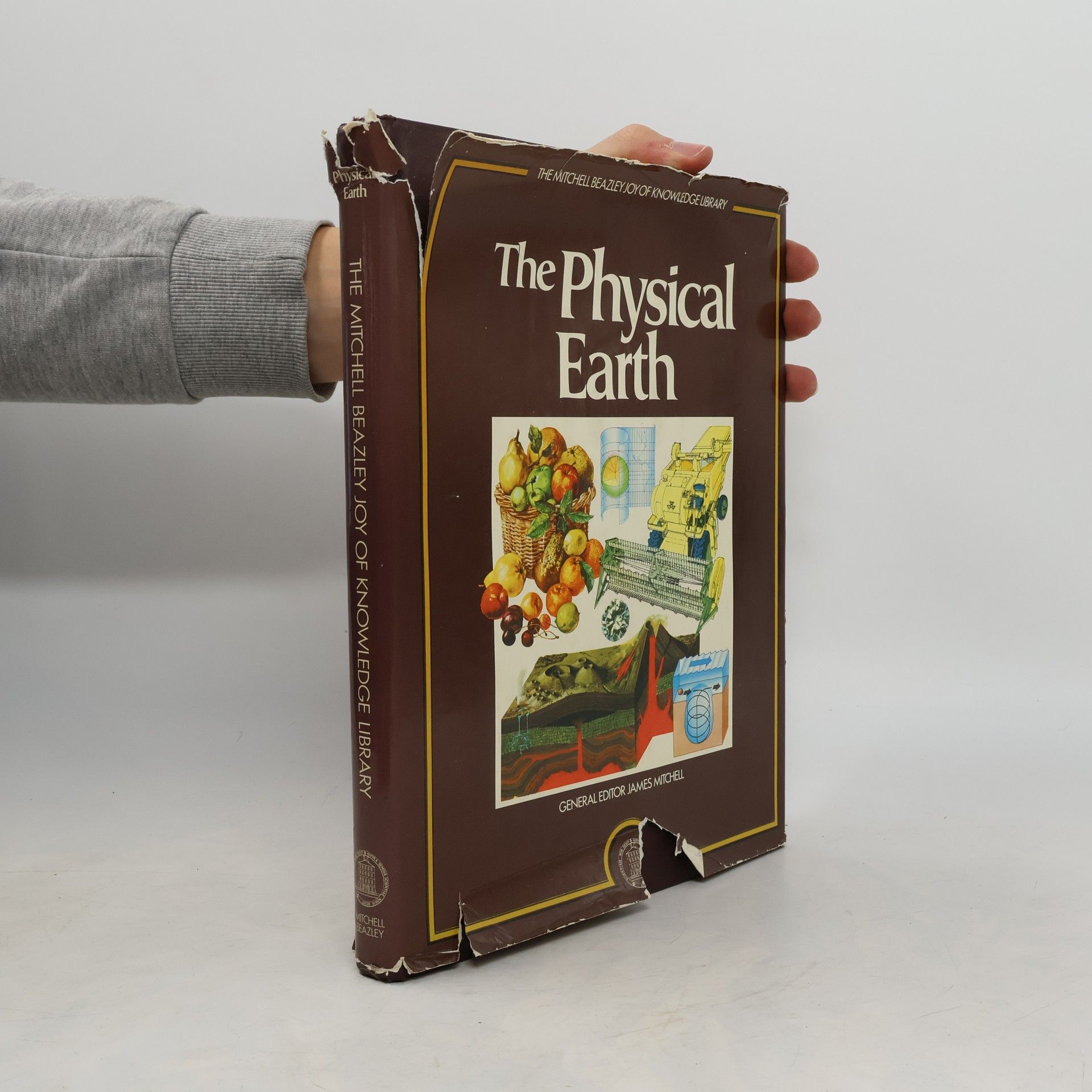





Air Fryer Cookbook
500 Affordable, Quick & Easy Recipes to Fry, Roast, Bake, and Grill
- 116 Seiten
- 5 Lesestunden
Offering a diverse collection of 500 recipes, this cookbook focuses on affordable and quick meal preparations suitable for frying, roasting, baking, and grilling. Each recipe is designed for simplicity, making it accessible for home cooks looking to create delicious dishes without spending too much time or money. Perfect for busy individuals or families, it emphasizes practicality while ensuring flavorful results.
Electronica Exploring the Wonders of the Digital Age
- 176 Seiten
- 7 Lesestunden
Exploring the intersection of technology and creativity, this book delves into the evolution of electronic music and its impact on modern culture. It highlights key artists, genres, and innovations that have shaped the digital soundscape, offering insights into the creative processes behind electronic compositions. Readers will discover how advancements in technology have transformed music production and consumption, making it an essential read for enthusiasts and newcomers alike. The narrative also emphasizes the role of community and collaboration in the electronic music scene.
Short articles on world history from the middle of the thirteenth century through the eighteenth century. Includes Time charts.
The Physical Earth
- 264 Seiten
- 10 Lesestunden
Populiariosios "Pažinimo džiaugsmo" enciklopedijos trečioji knyga pateikia įvairių duomenų iš geografijos ir geologijos. Ji supažindina su žemės sandara ir jos turtais, žemynais, jūromis ir vandenynais, mineralais ir uolienomis, žemės ūkiu, kultūriniais augalais, naminiais gyvuliais, maisto produktais. Gausi informacija, daug paveikslų, schemų ir žemėlapių sudomins bet kokio amžiaus skaitytoją.
The Mitchell Beazley Joy of Knowledge Library: The Natural World
- 271 Seiten
- 10 Lesestunden
Čínští předkové zenové školy Sótó
- 92 Seiten
- 4 Lesestunden
Kniha Čínští předkové zenové školy Sótó se zabývá vývojem čchanového (zenového) buddhismu v Číně za doby Tchangů. Předkládá učení tří buddhistických mistrů, kteří žili v období před založením školy Cchao-tung. Ve 13. století uvedl zenový mistr Dógen tuto školu do Japonska. Překladu původních textů vybraných z různých zdrojů předchází velmi detailní předmluva, která odkrývá historické pozadí čchanu této doby a v krátkosti shrnuje životopisné údaje jednotlivých mistrů.
Příběhy navrátilců z první světové války do malého hornického městečka na severu Anglie, kteří musejí překonávat docela jiné překážky než na frontě, když jim vývoj událostí v městečku položí otázku, co dělat, nechtějí-li hladovět
